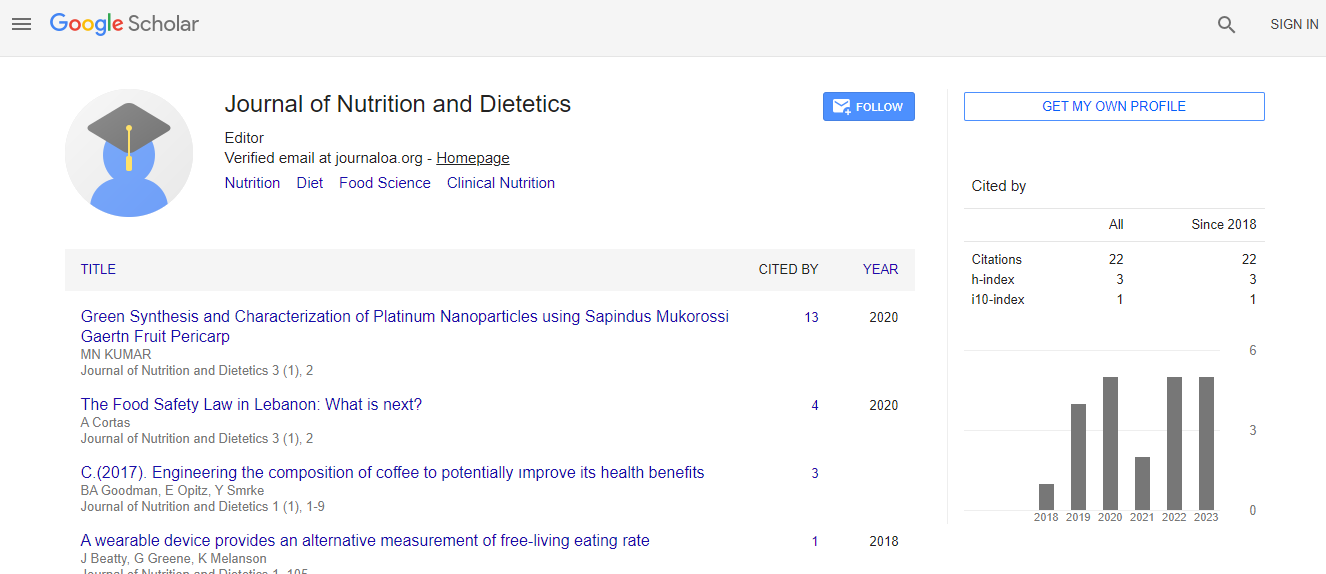Risk Factors for Child Stunting in Migori County, Kenya
*Corresponding Author: Sawe C, Food Science, Nutrition and Technology, University of Nairobi, Kenya, Tel: +254-721540248, Email: carolsawej@yahoo.comReceived Date: Oct 23, 2018 / Accepted Date: Dec 11, 2018 / Published Date: Dec 14, 2018
Citation: Sawe C, Kogi-Makau W, Ettyang G, Kimamo C (2019) Risk Factors for Child Stunting in Migori County, Kenya. J Nutr Diet 2:106.
Copyright: © 2019 Sawe C, et al. This is an open-access article distributed under the terms of the Creative Commons Attribution License, which permits unrestricted use, distribution, and reproduction in any medium, provided the original author and source are credited.
Abstract
Globally, an estimated 139 million children are stunted with majority living in low and middle-income countries. Stunting in early age has been associated with diminished survival and impaired cognitive development; its effects are irreversible after second year of life. This study established the prevalence and determinants of stunting among children aged below two years in Migori County, Kenya. A quantitative cross-sectional study design was used on 208 children. Child’s age and height were obtained, with stunting indices computed based on WHO Height-for-Age Z-scores with those with HAZ <-2 SD categorized as stunted. The mean age and height was found to be 11.8 months and 72 centimeters respectively. A total of 25% of the children were stunted with boys recording a higher prevalence of 27.23%. Of children from single or widowed or separated mothers, 28% of them were stunted. As per age groups, 44.2% and 9.7% of those aged between 18 and 24; and below 6 months were found to be stunted respectively. Bivariate analysis results showed that there was a significant relationship between child stunting and type of housing (chi2=4.694, p=0.03). Further logistic regression analysis revealed that children aged between 6 and 12; and 18 and 24 months had 3 times and 9 times higher odds of being stunted compared to those aged less than 6 months [OR: 3.49: 95% CI: 1.03-11.84; p=0.044] and [OR: 9.04: 95% CI: 2.61-31.36; p=0.001] respectively. In conclusion, child’s age was found to be a key determinant of child stunting in Migori County. It is recommended that future interventions should focus on this critical age since it is the window period of opportunity to cub stunting.

 Spanish
Spanish  Chinese
Chinese  Russian
Russian  German
German  French
French  Japanese
Japanese  Portuguese
Portuguese  Hindi
Hindi 